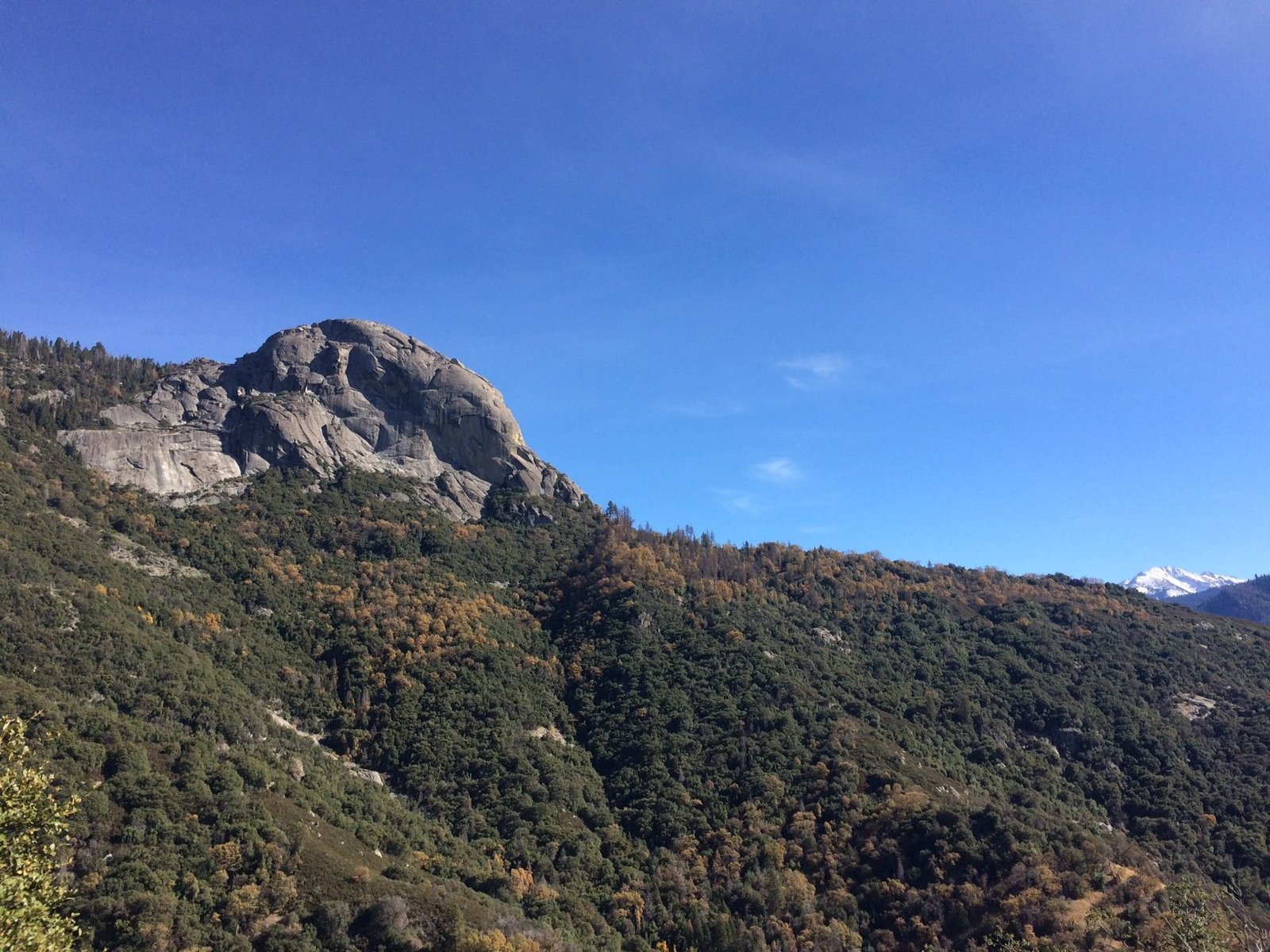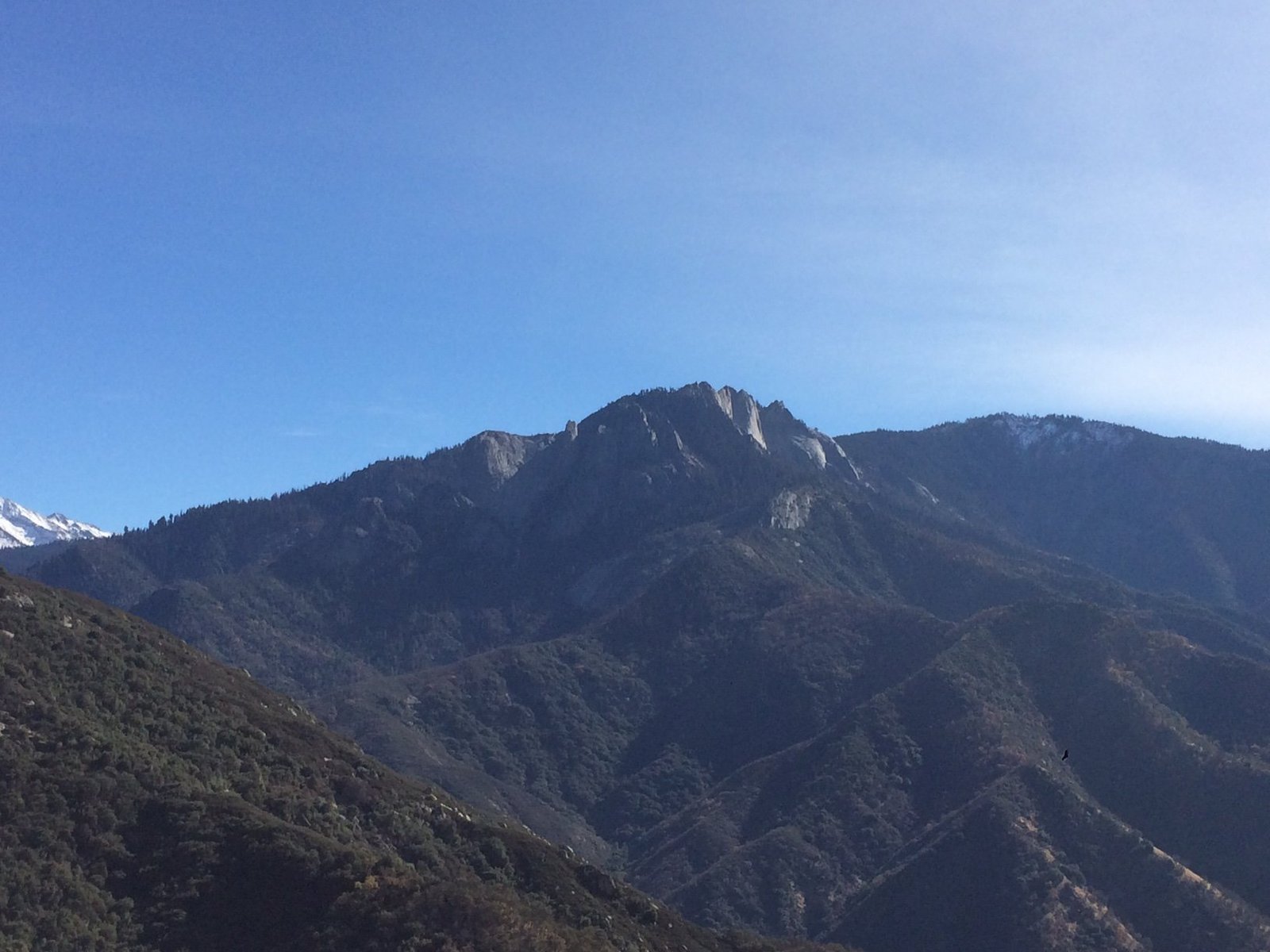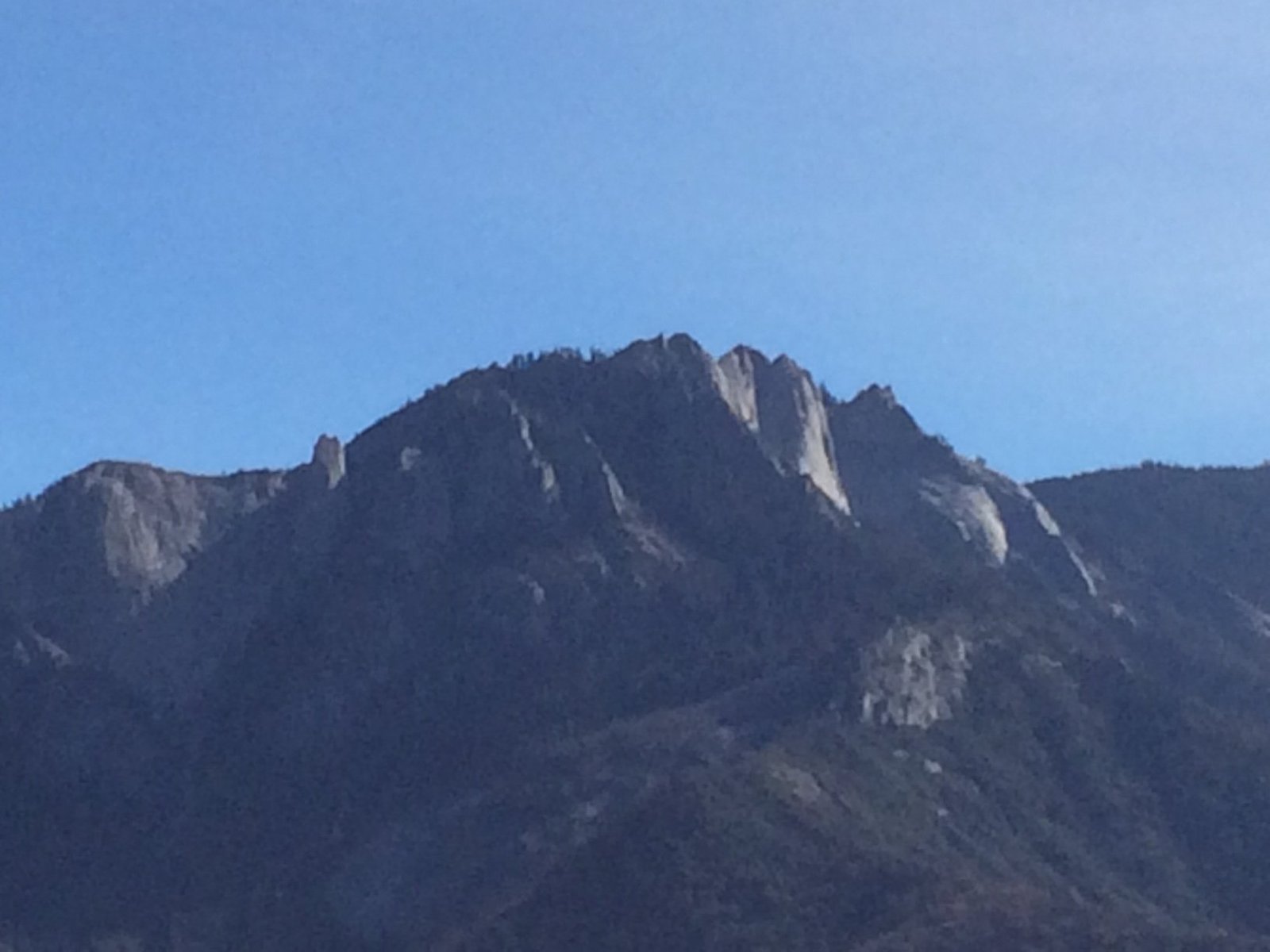Sequoia National Park, renowned for its giant sequoia trees, experiences significant snowfall each year. The average annual snowfall in the park is approximately 219 inches (5.57 meters), creating a stunning winter landscape. This substantial snowfall transforms the park into a winter wonderland, offering unique opportunities for visitors to experience the majestic sequoias draped in snow. The park’s diverse elevation range, from 1,370 to 14,494 feet, contributes to varying snowfall patterns across different areas.
What Are the Monthly Snowfall Averages in Sequoia National Park?

Understanding the monthly snowfall averages is crucial for planning a visit to Sequoia National Park. Here’s a breakdown of the average snowfall for each month:
| Month | Average Snowfall |
|---|---|
| January | 8.7 inches (220 mm) |
| February | 7.9 inches (200 mm) |
| March | 6.5 inches (165 mm) |
| April | 3.1 inches (80 mm) |
| May | 2 inches (50 mm) |
| June-August | < 1 inch (2.5 cm) |
| September | 0.6 inches (15 mm) |
| October | 2.4 inches (60 mm) |
| November | 3.7 inches (95 mm) |
| December | 6.9 inches (175 mm) |
As evident from the table, the winter months from December to March receive the most substantial snowfall, creating ideal conditions for winter activities and scenic snow-covered landscapes.
How Does Elevation Affect Snowfall in Sequoia National Park?

The park’s vast elevation range significantly influences snowfall patterns:
- Lower Elevations (1,370 – 5,000 feet):
- Experience less snowfall
-
Snow may melt quickly or not accumulate as much
-
Mid Elevations (5,000 – 8,000 feet):
- Receive moderate to heavy snowfall
-
Snow often persists throughout winter
-
Higher Elevations (above 8,000 feet):
- Experience the heaviest snowfall
- Snow can remain well into spring or early summer
For instance, the Wolverton Ski Area, situated at 7,200 feet (2,200 meters), receives an impressive average of 264 inches (670 cm) of snow annually, surpassing the park-wide average.
What Impact Does Snowfall Have on Park Accessibility?
The substantial snowfall in Sequoia National Park significantly affects accessibility:
- Road Closures: Heavy snow can lead to temporary closures of park roads, especially at higher elevations.
- Chain Requirements: Visitors are often required to carry chains for their vehicles during winter months.
- Parking Limitations: Snowfall can reduce available parking spaces, necessitating visitors to park in designated areas and walk to facilities.
- Trail Conditions: Many hiking trails become snow-covered and may require snowshoes or other specialized equipment.
Visitors should always check current road conditions and weather forecasts before planning their trip, especially during the winter months.
How Does Snowfall Affect Winter Activities in the Park?
The abundant snowfall in Sequoia National Park creates opportunities for various winter activities:
- Snowshoeing: Many trails become ideal for snowshoeing adventures.
- Cross-country Skiing: The park offers excellent terrain for cross-country skiing enthusiasts.
- Winter Photography: Snow-covered sequoias provide stunning photo opportunities.
- Wildlife Viewing: Some animals are more easily spotted against the white snow backdrop.
However, visitors should be prepared for cold temperatures and challenging conditions. Proper winter gear and knowledge of winter safety are essential.
What Are the Temperature Ranges During Snowy Months?
Winter temperatures in Sequoia National Park can be quite cold:
- Daytime Temperatures: Often near zero or in the upper 20s Fahrenheit (-1 to 0°C)
- Nighttime Temperatures: Commonly below zero Fahrenheit (-18°C)
These cold temperatures contribute to the preservation of snow cover and create challenging but beautiful winter conditions.
How Has Climate Change Affected Snowfall Patterns in Sequoia National Park?
Climate change has begun to impact snowfall patterns in Sequoia National Park:
- Reduced Snowpack: Some years have seen lower-than-average snowfall.
- Earlier Spring Melts: Snow is melting earlier in the season in some areas.
- Increased Rain vs. Snow: At lower elevations, more precipitation is falling as rain instead of snow.
These changes can affect water resources, wildlife habitats, and the overall ecosystem of the park.
What Should Visitors Know About Safety During Snowy Conditions?
Safety is paramount when visiting Sequoia National Park during snowy conditions:
- Vehicle Preparation:
- Carry chains
-
Ensure your vehicle is winter-ready
-
Clothing and Gear:
- Dress in layers
-
Bring appropriate winter clothing and footwear
-
Navigation:
-
Carry maps and be aware that snow can obscure trail markers
-
Weather Awareness:
- Check weather forecasts regularly
-
Be prepared for rapid weather changes
-
Emergency Preparedness:
- Carry emergency supplies, including food, water, and first-aid kit
- Let someone know your travel plans
By following these guidelines, visitors can safely enjoy the winter beauty of Sequoia National Park.
How Does Snowfall Contribute to the Park’s Water Resources?
The substantial snowfall in Sequoia National Park plays a crucial role in the region’s water resources:
- Snowpack as Water Storage: Snow acts as a natural reservoir, slowly releasing water as it melts.
- River and Stream Flow: Snowmelt feeds rivers and streams throughout the year.
- Groundwater Recharge: Melting snow helps replenish groundwater supplies.
- Ecosystem Support: The gradual release of snowmelt supports diverse plant and animal life in the park.
Understanding and preserving these snow-related water resources is vital for the park’s ecosystem and surrounding communities.
In conclusion, the average snowfall in Sequoia National Park creates a stunning winter landscape and offers unique experiences for visitors. While it presents challenges in terms of accessibility and safety, it also provides opportunities for winter recreation and plays a crucial role in the park’s ecology and water resources. Proper preparation and respect for winter conditions allow visitors to safely enjoy the park’s snow-covered beauty.
References:
1. https://www.usclimatedata.com/climate/sequoia-national-park/california/united-states/usca1527
2. https://www.climatestotravel.com/climate/united-states/sequoia-national-park
3. https://www.visitsequoia.com/weather-conditions/

